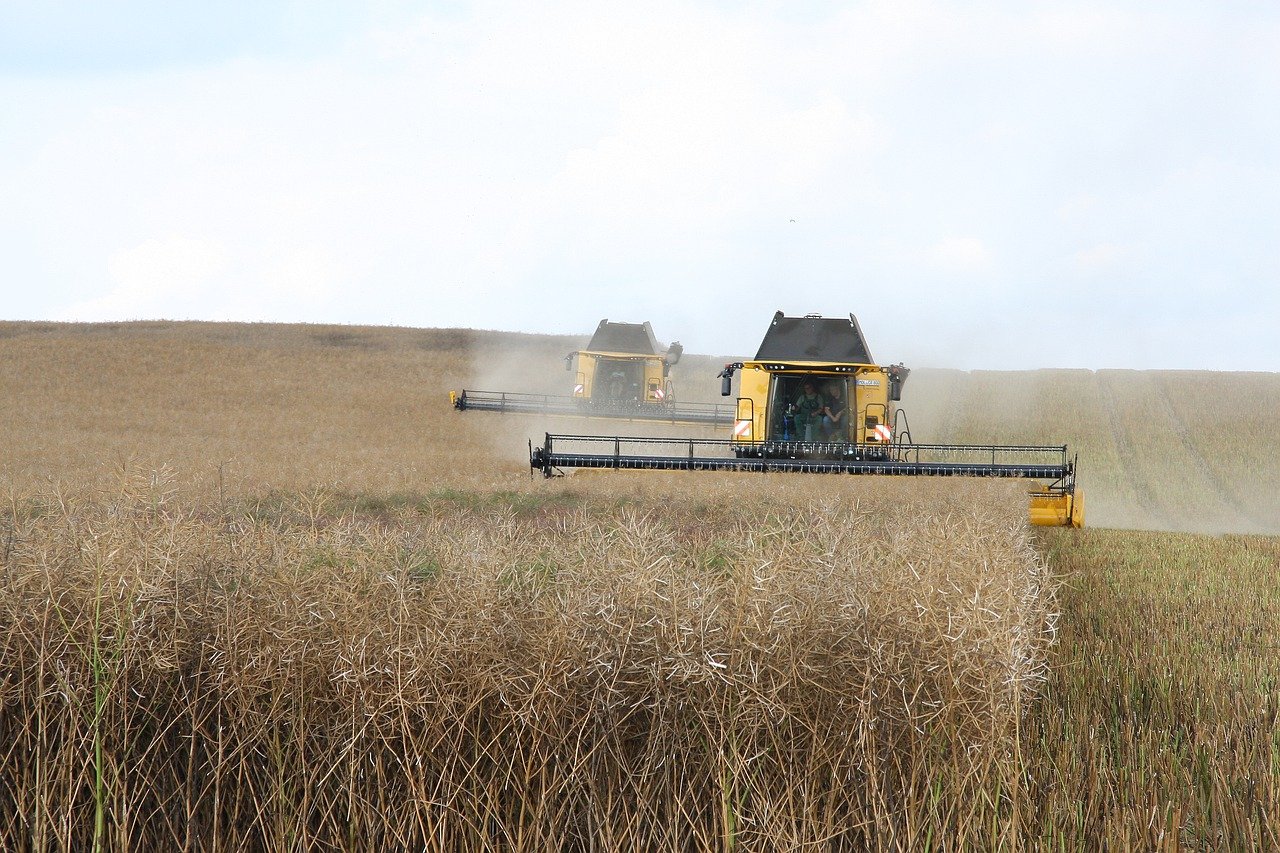Biotech
The biotech company Inventiva announced the success of its NASH treatment
The Burgundian biotech company announced on Monday, June 15th, the success on different efficacy criteria of its lanifibranor molecule to treat patients suffering from Non-Alcoholic Steatohepatitis, after only six months of treatment. In terms of safety of use, the profile of the molecule appeared to be “globally favorable” and in line with the observations of previous clinical studies.

By chance, it is only one month away from the results of the northern company Genfit that the Burgundian biotech company Inventiva unveils long-awaited clinical results on its own treatment of NASH – the most common name for “Non-Alcoholic Steatohepatitis”, a disease characterized by an influx of fat into the liver that can cause lesions that can lead to cirrhosis. However, the verdict for the lanifibranor compound is the opposite of its cousin elafibranor promoted by Genfit (both molecules belong to the family of “peroxisome proliferator activated receptor agonists”, or PPARs, proteins that play a key role in lipid and carbohydrate metabolism, hence the common suffix).
In a press release issued Monday evening, Inventiva announced that the primary efficacy endpoint, as well as secondary endpoints, had been met in a Phase 2b “NATIVE” trial evaluating the effect of lanifibranor.
Read more about Inventiva’s new treatment for NASH and be the first to find out the most important business headlines with the Born2invest mobile app.
Lanifibranor also met the study’s primary and secondary endpoints
Inventiva’s molecule, moderately but equivalently active on three PPAR subtypes (alpha, delta and gamma), while elafibranor was primarily alpha (delta to a lesser extent), showed statistically significant efficacy on the disease after only 24 weeks at a dose of 1,200 milligrams per day, measured primarily by an improvement in a NASH Composite Activity Score (SAF), combining inflammation of the liver and “ballooning” (balloon-like deformation of liver cells), without worsening fibrosis.
Lanifibranor also met the study’s primary and secondary endpoints, namely resolution of NASH without worsening of fibrosis and vice versa and improvement of hepatic fibrosis without worsening of NASH, both in the PP (per protocol, people who actually followed the treatment protocol) and ITT (population initially recruited for the study, some of whom ultimately did not receive treatment) populations.
Statistically significant results were also obtained in terms of decreased insulin, fasting glucose and glycated hemoglobin (HB1AC) levels in patients with type 2 diabetes, decreased triglyceride levels, increased levels of “good” HDL cholesterol and decreased liver enzyme levels (ALT, AST and GGT).
“The results with lanifibranor, the only pan-PPAR agonist currently in clinical development at NASH, are extremely encouraging, especially considering the short treatment period of six months. The results observed in such a short period of time suggest that prolonged treatment could lead to even more significant improvements,” said Professor Sven Francque of Antwerp University Hospital, co-investigator of the study.
His counterpart, Professor Manal Abdelmalek of Duke University said, “Lanifibranor is to my knowledge the first drug candidate that has been able to show statistically significant results on the FDA and EMA regulatory endpoints for accelerated approval – NASH resolution and improvement in fibrosis. I am enthusiastic about the results and speed of action observed with lanifibranor, with statistically significant results obtained on both NASH resolution and fibrosis improvement after only six months of treatment. Given the many challenges surrounding the development of drugs for the treatment of NASH, it is remarkable that lanifibranor has achieved these positive results.”
Inventiva’s molecule is globally safe to use
In terms of safety of use, the profile of the molecule appeared to be “globally favorable” and in line with the observations of previous clinical studies. Three discontinuations due to adverse events occurred in the placebo group, as in the 800 milligram per day group, and three also in the 1,200 milligram per day group. Excluding serious adverse events (SAEs) related to biopsy (invasive procedure required by current science to assess disease), three SAEs were identified in the placebo group, two in the 800 mg/day group and four in the 1,200 mg/day group.
In addition, an increase in body weight was observed in patients treated with lanifibranor, which is consistent with the known pharmacology of a treatment providing improved insulin sensitization, with an average of 2.4 kg (2.6%) in the 800 mg/day dose group and 2.7 kg (3.1%) in the 1,200 mg/day dose group.
Following these positive results, Inventiva decided to pursue the clinical development of lanifibranor in the treatment of NASH and to enter a pivotal Phase 3 study. To this end, the company, taken over by former executives of the Dijon-based group following its acquisition by Abbott, intends to finalize the design of the corresponding study and meet with the American and European regulatory authorities. Inventiva plans to present the results of the clinical study at the next AASLD (American Association for the Study of Liver Diseases) Liver Meeting, to be held November 13th-16th, 2020.
On the stock market, the company closed Monday, June 15th, with a capitalization of $136 million (€120 million), compared to $229 million (€203 million) at the same time for Genfit, another French biotech company also positioned on NASH, but which has just failed in phase 3 (having tried to bypass a failure in phase 2b in 2015).
__
(Featured image by Vnukko via Pixabay)
DISCLAIMER: This article was written by a third party contributor and does not reflect the opinion of Born2Invest, its management, staff or its associates. Please review our disclaimer for more information.
This article may include forward-looking statements. These forward-looking statements generally are identified by the words “believe,” “project,” “estimate,” “become,” “plan,” “will,” and similar expressions. These forward-looking statements involve known and unknown risks as well as uncertainties, including those discussed in the following cautionary statements and elsewhere in this article and on this site. Although the Company may believe that its expectations are based on reasonable assumptions, the actual results that the Company may achieve may differ materially from any forward-looking statements, which reflect the opinions of the management of the Company only as of the date hereof. Additionally, please make sure to read these important disclosures.
First published in BFM Bourse, a third-party contributor translated and adapted the article from the original. In case of discrepancy, the original will prevail.
Although we made reasonable efforts to provide accurate translations, some parts may be incorrect. Born2Invest assumes no responsibility for errors, omissions or ambiguities in the translations provided on this website. Any person or entity relying on translated content does so at their own risk. Born2Invest is not responsible for losses caused by such reliance on the accuracy or reliability of translated information. If you wish to report an error or inaccuracy in the translation, we encourage you to contact us.

-

 Biotech2 weeks ago
Biotech2 weeks agoVytrus Biotech Increases Its Sales by 32% in the First Quarter of 2024
-

 Cannabis1 day ago
Cannabis1 day agoPortugal Exports 99.85% of its Medical Cannabis, Selling only 17 Kg on the Local Market
-

 Africa2 weeks ago
Africa2 weeks agoBobo-Dioulasso: Saphyto Opens its Doors to Agricultural Technicians
-

 Crypto1 week ago
Crypto1 week agoSolana Rolls Out First Update to Address the Problem of Failed Transactions

























